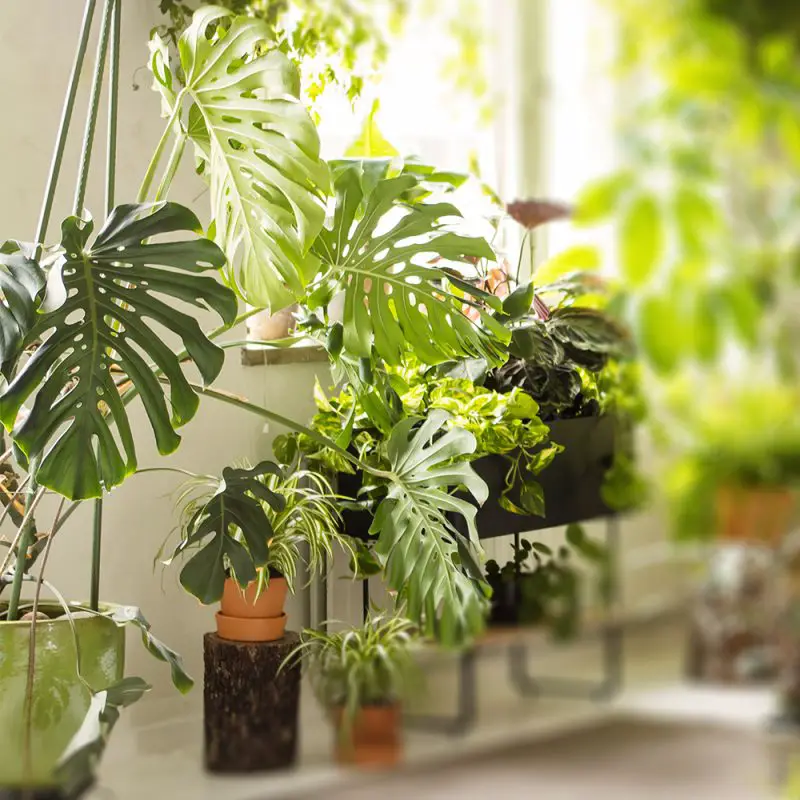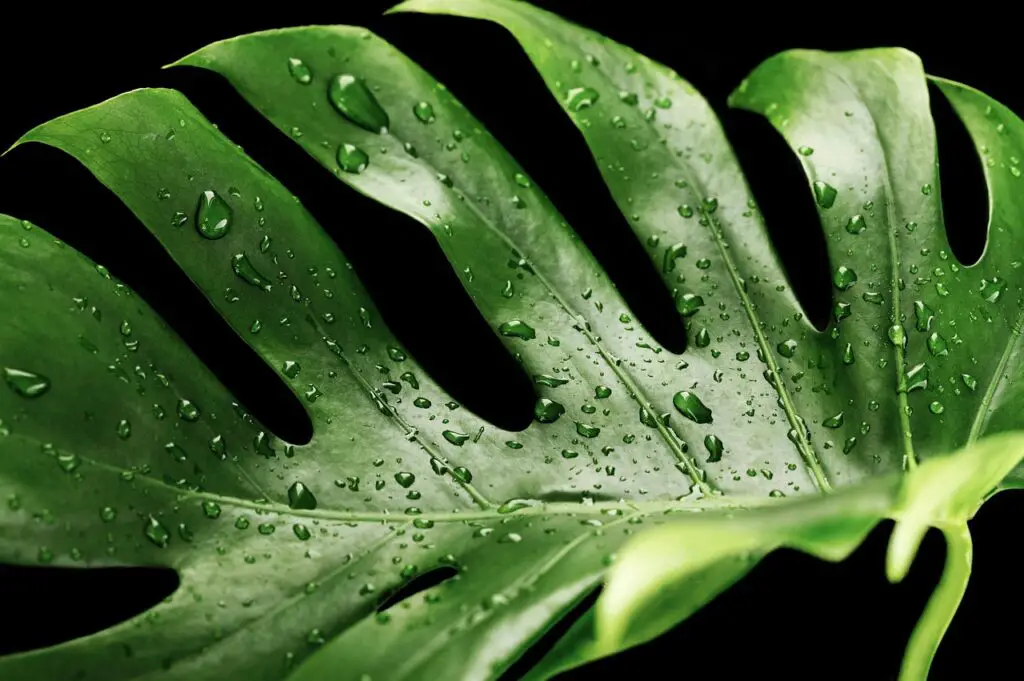If you’re a fan of houseplants, you’ve probably heard of the Monstera deliciosa, also known as the Swiss cheese plant. But have you heard of the baby Monstera? It’s a smaller version of the popular houseplant, and it’s been gaining popularity in recent years.
In this article, we’ll discuss everything you need to know about baby Monstera, including its care, propagation, and common issues.

What is a Baby Monstera?
The baby Monstera, also known as Monstera adansonii, is a tropical vine plant native to Central and South America. It’s a smaller version of the Monstera deliciosa and has smaller leaves with oval-shaped holes, giving it the nickname “Swiss cheese vine.”
The baby Monstera is easy to care for, making it a popular choice for beginners and experienced plant enthusiasts alike.
Caring for Your Baby Monstera
Light Requirements:
The baby Monstera prefers bright, indirect light, but can also tolerate low light conditions. Direct sunlight can burn its leaves, so it’s important to keep them away from direct sunlight.
Watering:
The baby Monstera prefers to be kept slightly moist but not wet. Overwatering can lead to root rot, so it’s important to allow the top inch of soil to dry out before watering it again.
Humidity:
The baby Monstera thrives in a humid environment. If your home is dry, consider placing a humidifier near your plant or placing a tray of water near it to increase humidity.
Fertilizer:
The baby Monstera doesn’t require frequent fertilization but can benefit from a balanced liquid fertilizer once a month during the growing season.
Propagation:
The baby Monstera is easy to propagate. You can propagate it using stem cuttings with at least one node, which can be placed in water or soil. It’s important to keep the cutting moist until roots begin to form.
Common Issues:
Yellow Leaves:
Yellow leaves can be a sign of overwatering, underwatering, or nutrient deficiencies. Check the soil moisture level and adjust the watering accordingly. If the soil is dry and the leaves are yellow, it may need more water. If the soil is wet, it may be suffering from root rot.
Pest Infestations:
The baby Monstera is prone to spider mites and mealybugs. Check your plant regularly for signs of infestation, such as webs or white, cottony masses on the leaves. If you notice an infestation, isolate your plant and treat it with an insecticide.

Conclusion
The baby Monstera is a great addition to any houseplant collection. It’s easy to care for and has a unique look that differentiates it from other houseplants. Following the care tips outlined in this article, you can enjoy a healthy and thriving baby Monstera in your home.
Frequently Asked Questions:
Q: Can I grow a baby Monstera in low light conditions? A: Yes, the baby Monstera can tolerate low light conditions, but it prefers bright, indirect light.
Q: How often should I water my baby Monstera? A: The baby Monstera prefers to be kept slightly moist but not wet. Allow the top inch of soil to dry out before watering it again.
Q: How do I propagate a baby Monstera? A: You can propagate a baby Monstera using stem cuttings with at least one node. Place the cutting in water or soil and keep it moist until roots begin to form.

